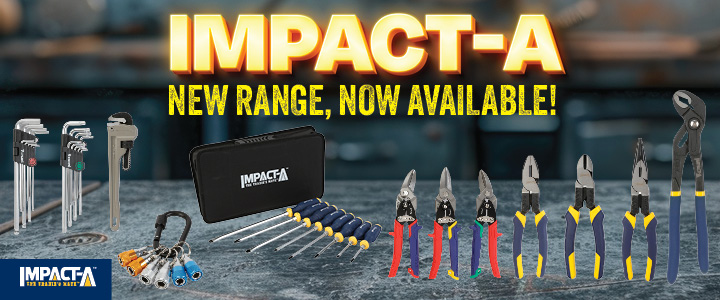When construction companies go bust, it’s often the workers who take the financial hit. That’s why contractors must take measures to protect themselves well before their employer goes into administration.
By Shane Conroy
The COVID-19 period has been a complete nightmare for the construction industry. Extended lockdowns saw construction projects grind to a halt across the country, and supply chain disruptions and material shortages made the return to work far from ideal.
So it probably didn’t surprise many in the industry when previously strong construction companies began to fall one by one. Developer Privium Homes went into administration in November 2021 with alleged debts to contractors, suppliers and other creditors nearing $43 million.
Queensland building company BA Murphy also saw out 2021 in liquidation. Media reports claim the company owes 550 creditors more than $10.8 million. Then major construction company Probuild rocked the industry when it went into administration in early 2022.
The construction giant went from raking in approximately $1.4 billion per year to financial ruin with around 2300 creditors claiming the construction giant owes them money.
It’s enough to quicken the pulse of every hardworking contractor who expects to receive a fair day’s pay for a fair day’s work. But the harsh truth is that when the big boys go bust, the financial pain is often felt throughout the supply chain—and that includes the thousands of contractors who have not been paid for their work.
KNOW THE RISKS
David McKellar, director of Melbourne based Allied Business Accountants, says it’s critical for contractors to understand they have limited options once their employer goes into administration.
“The administrator takes over legal responsibility for the company from the day it goes into administration,” he says. “They will contact all the creditors, and you’ll likely be asked to complete a ‘proof of debt’ form. You may be asked to supply your unpaid invoices and any timesheets or other proof of work documentation you have.”
The administrators will then reconcile the company’s debts, and may call in the liquidators to sell off the company’s assets in order to pay its creditors. But don’t expect to see all—or any—of the money you’re owed.
“This can be a long process,” McKellar explains. “The administrators may decide to finish current projects so they can be sold off to pay creditors. There may also be court proceedings taken against directors in order to recover their personal assets. This can take years.”
Secured creditors—typically lenders like banks and equipment finance companies—are paid first, then employee entitlements such as unpaid superannuation are prioritised. Contractors tend to come last.
“Contractors are pooled together as unsecured creditors, and any remaining funds from the sold assets will be split amongst this group,” says McKellar. “You might get 50 cents on the dollar, or you might get nothing. At this point, the matter is considered concluded. There’s nothing more you can do.”
BE PREPARED TO ACT EARLY
That’s why it’s critical for contractors to act well before the construction company goes into administration. McKellar advises his clients to put contractor agreements in place before they begin work that state not only your payment rates, but also your payment terms.
“I’d always advise seven-day payment terms, but knowing the construction industry, they’ll often want 30-day terms,” says McKellar. “Either way, you need to invoice regularly and stay on top of any late payments. You’re essentially giving them unsecured credit, so don’t let them accrue any more money than you’re prepared to lose.”
When it comes to late payments, it’s often the squeaky wheel that gets the grease. McKellar says to frequently chase up overdue payments—whether that’s via automated reminders from your accounting software, emails and phone calls to accounts departments, or speaking with the onsite builder.
“If that fails, it might be time to consider starting debt collection proceedings,” says McKellar. “Obviously that will make it difficult for you to continue your relationship with the company. But once they exceed the debt threshold you’ve set, debt collection will be your best chance of getting them to prioritise paying you.”
LOOK FOR SIGNS OF STRUGGLE
McKellar says that even starting debt collection proceedings is unlikely to improve your chances of getting paid if the company goes into administration.
“You’ll still be an unsecured creditor, so again there’s not much you can do once they’ve gone into administration. It’s really about managing risk. You need to be clear on how much you’re prepared to lose, and know when to walk away.”
Looking for early indications that the company might be struggling can help you identify when it’s time to go. Suppliers moving to a cash-on-delivery arrangement or refusing to unload before they are paid could be a sign that the company is falling behind on its bills.
“Contractors are in high demand at the moment, so it’s important to know when it’s time to cut your losses—particularly if you can walk into another job,” McKellar says. “Remember that once the company goes into administration, typically not much goes back to unsecured creditors.
“It’s important to recognise that you face more risk as a contractor, so get out early if you can.”






